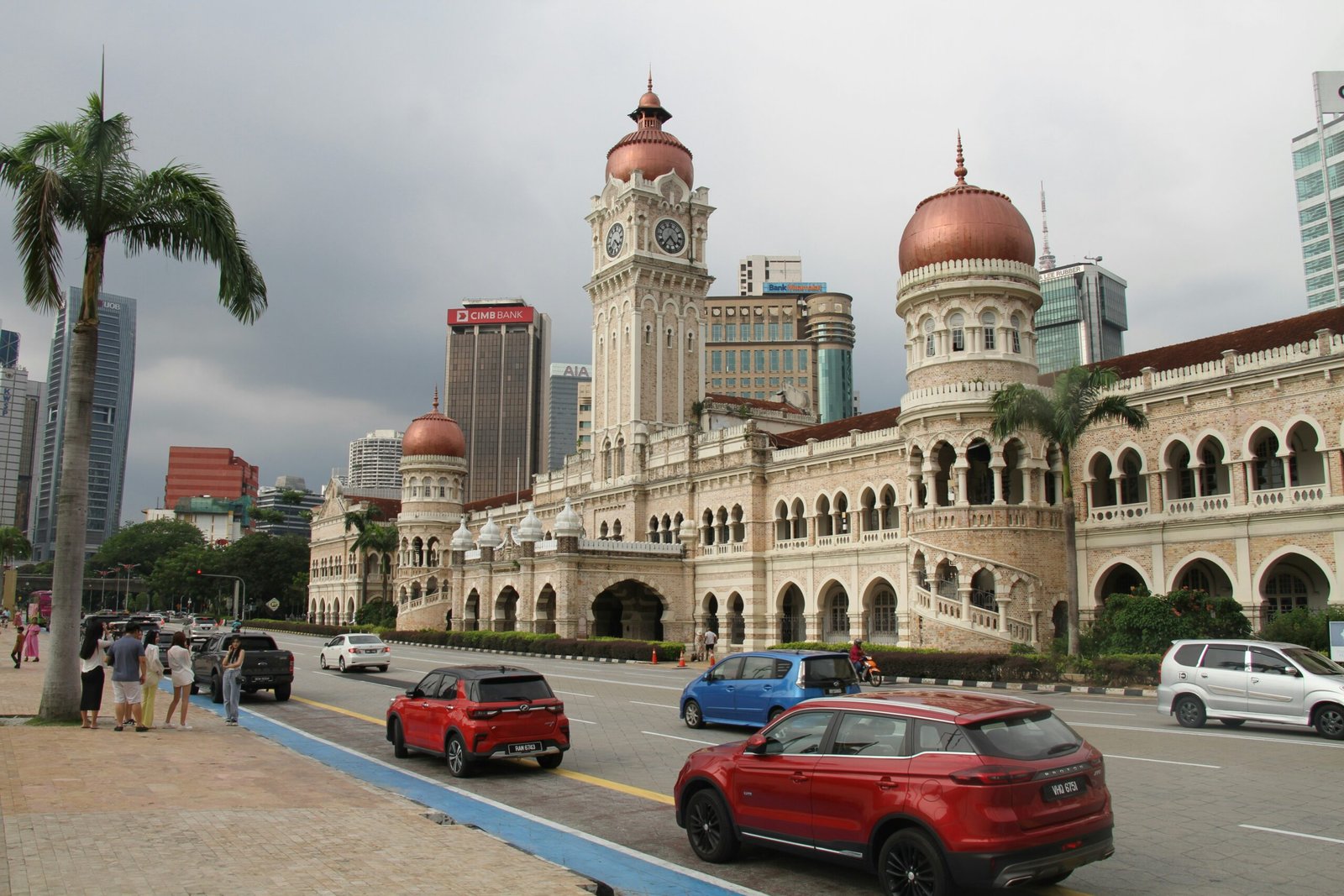
Driving in Malaysia: A Tourist’s Complete Guide
Exploring Malaysia by car is an incredible journey. It offers unparalleled freedom. You can travel from vibrant cities to serene coastlines. This guide provides all the necessary information. It helps ensure a smooth, legal, and enjoyable trip. We will cover key regulations and practical tips.
1. Driving License: Your Official Authorization
You don’t need a special short-term license. Tourists can use their existing documents. However, there are strict conditions.
Your Valid Domestic License
Your home country’s license is your first option. It is valid for up to 90 days. The license must be current.
- English License: Licenses issued in English are often sufficient. They are widely accepted. This is the case for many smart card licenses.
- Non-English License: If your license is not in English, you need an official translation. This must be a certified translation. It should be in English. An embassy can attest to it. Malaysia’s Road Transport Department (JPJ) approves this. This is a crucial step.
2. International Driving Permit (IDP)
An IDP is highly recommended. It serves as a valuable supplement. It acts as a multi-language translation. The IDP is recognized globally.
- Car Rental Agencies: Many rental companies require an IDP. This simplifies the rental process. It avoids any last-minute complications.
- Police and Authorities: The IDP helps prevent misunderstandings. It bridges any potential language barriers. This can make police checks much smoother.
- Extended Stays: An IDP is a must for stays over 90 days. It is an interim document. It is used until you can get a Malaysian license.
3. Recent Updates to Driving Regulations
Malaysia has updated its rules. These changes are important for all tourists.
- Conversion of Foreign Licenses: The conversion of foreign licenses has ceased. This change took effect on May 19, 2025. Most foreign nationals must now pass a Malaysian driving test. This is required to get a local license.
- ASEAN Citizens: Citizens of ASEAN countries are exempt. They can use their domestic licenses for short visits. This is part of a special agreement. It simplifies cross-border travel.
- Vehicle Entry Permit (VEP): If you are driving your own vehicle, a VEP is mandatory. This includes all foreign-registered vehicles. The VEP system is now being strictly enforced. It involves an RFID tag. This tag is valid for 5 years. You must apply for this permit online before entering Malaysia.
4. Getting an IDP: Pre-Trip Checklist
The IDP must be obtained in your home country. You cannot get it in Malaysia.
- Validity: An IDP is typically valid for one year. Its validity cannot exceed your domestic license’s expiration date. Always check both documents.
- Issuing Authority: In most countries, a national motoring association issues the IDP. For example, the BRTA in Bangladesh.
5. Essential Documents to Carry at All Times
Always have these documents on hand. This is a legal requirement in Malaysia.
- Original Domestic Driving License: Your license from your home country.
- International Driving Permit (IDP): If you have one, carry it.
- Passport: Your passport is your primary identification.
- Vehicle’s Documents: This includes the insurance and registration. For rental cars, keep the rental agreement.
6. Navigating Malaysian Roads: Rules and Etiquette
Malaysia’s roads can be busy. Familiarize yourself with the local rules.
- Driving Side: Traffic drives on the left side. The steering wheel is on the right.
- Speed Limits: These are strictly enforced. The typical limits are:
- Highways: 110 km/h.
- Federal/State Roads: 80-90 km/h.
- Urban Areas: 50-60 km/h.
- Seatbelts: Wearing a seatbelt is mandatory. This applies to all occupants.
- Mobile Phones: Using a mobile phone while driving is a serious offense. This includes holding it. You may only use a hands-free system.
- Road Signs: Most signs are in Malay. Many also include English. “Berhenti” means Stop. “Awas” means Caution.
- Toll Roads: Many major highways are tolled. The Touch ‘n Go card is the standard payment method. You can buy these cards at convenience stores.
7. Car Rental and Insurance
Renting a car is a popular choice. It gives you freedom.
- Age Requirement: The minimum age to rent is usually 21. Some companies require you to be 23.
- Documents: You will need a passport, a valid driving license, and often an IDP.
- Insurance: Vehicle insurance is mandatory. The rental company will provide coverage. Always understand the terms and conditions.
8. When Stopped by Police: What to Do
Being stopped by police can be unnerving. Stay calm and be polite.
- Provide Documents: Present your driving license and passport.
- Stay Respectful: Follow their instructions. Do not argue or offer bribes.
- Ask for a Ticket: Insist on receiving an official summons. This prevents any unofficial dealings.
- Traffic Fines: Fines have recently increased. Be aware of common offenses.
- Speeding: Can result in fines up to RM1,000.
- Running a Red Light: Fines range from RM500–RM1,000.
- Mobile Phone Use: Can lead to a fine of RM1,000.
- Paying Fines: Fines can often be paid online. Use the MyBayar Saman app. Early payment may lead to a discount.
9. Additional Safety Tips
Malaysia’s roads have unique challenges. Stay alert.
- Motorcyclists: Be very aware of motorcycles. They weave through traffic. Check your mirrors constantly.
- Monsoon Season: Heavy rain can cause flash floods. Drive slowly in wet conditions.
- Night Driving: Driving at night can be more dangerous. Street lighting is poor in some rural areas. Be extra cautious.
- Parking Safety: Do not leave valuables in your car. Use designated, secure parking lots.
Driving in Malaysia is a rewarding experience. It offers a glimpse into local life. By following these rules and tips, you can ensure a safe and memorable journey. Enjoy your adventure on Malaysia’s roads!